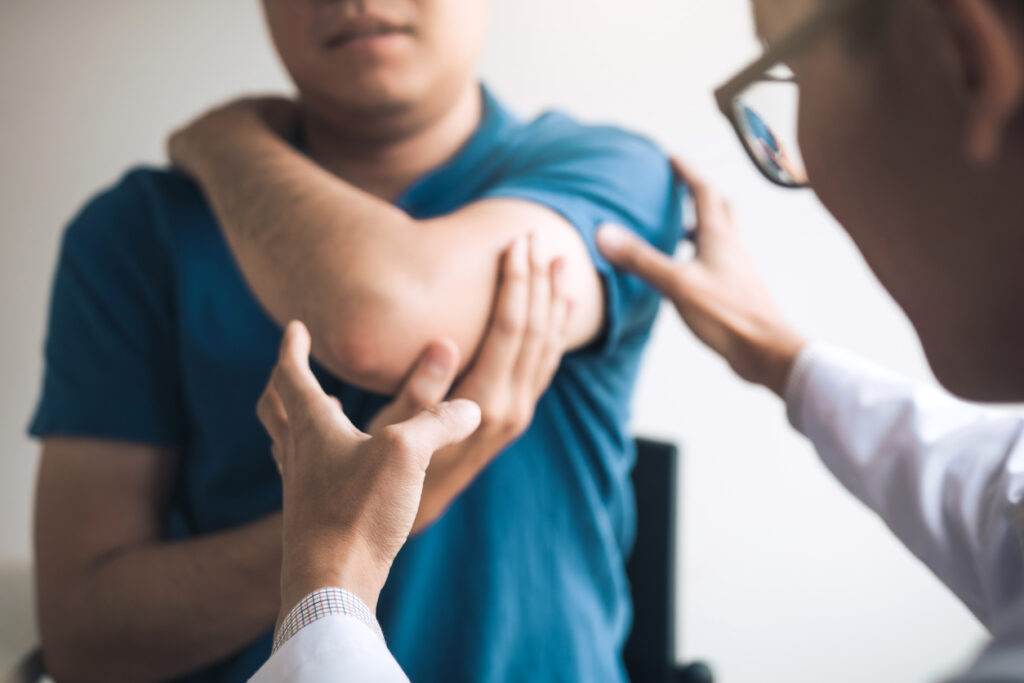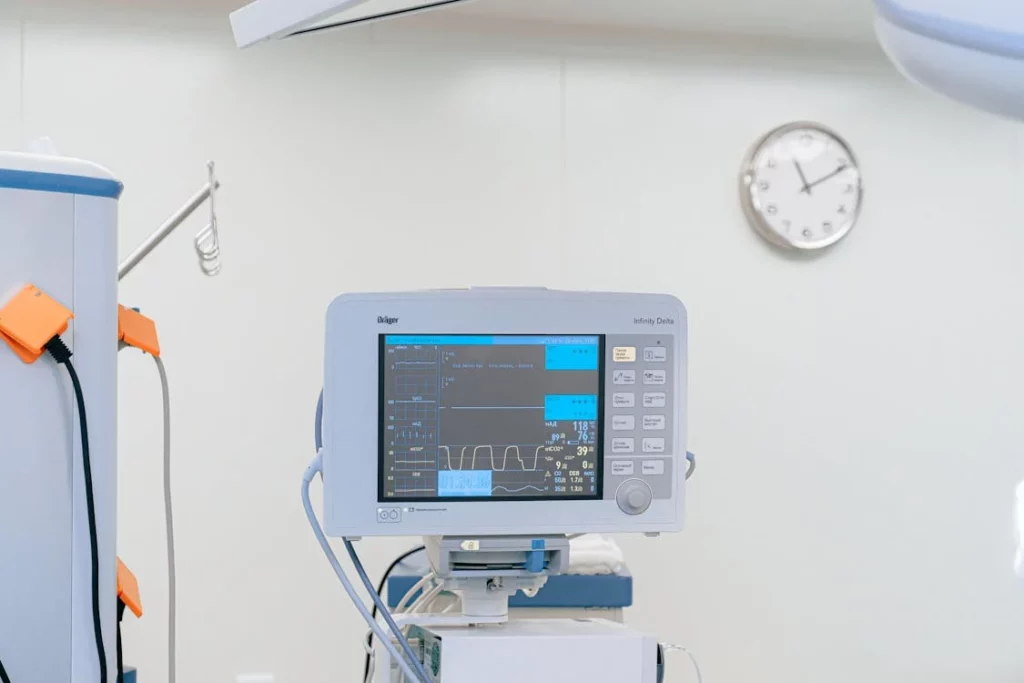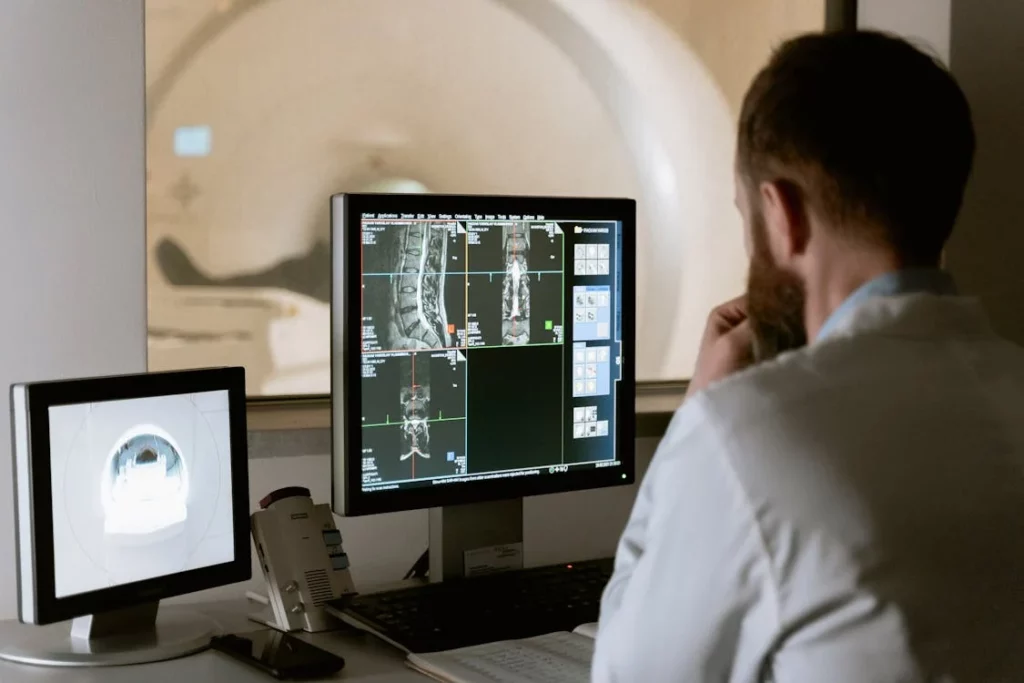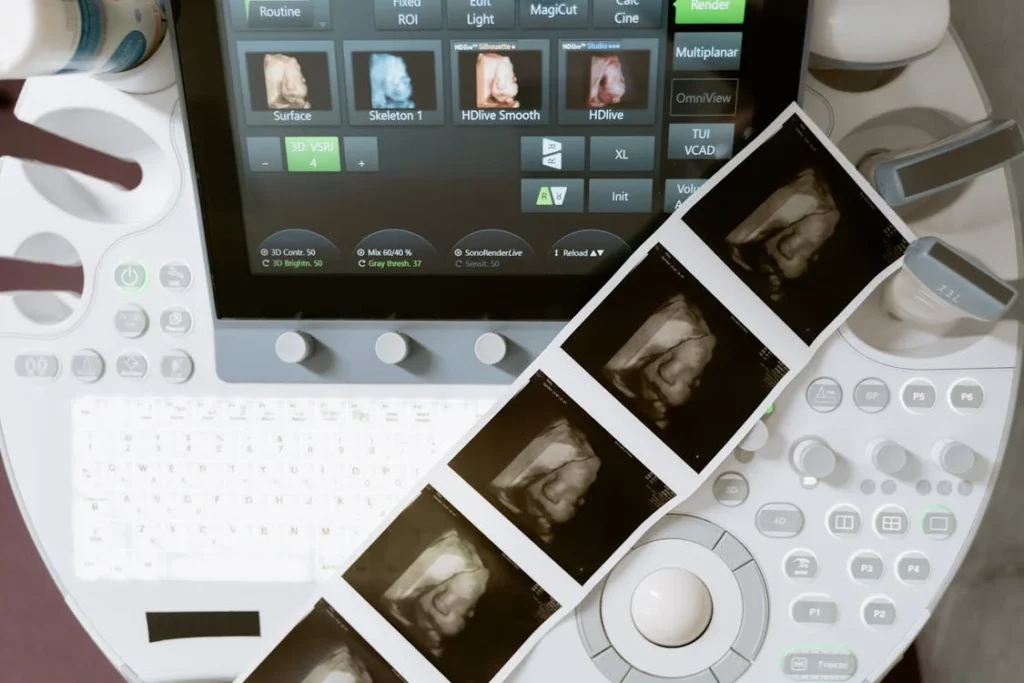About Our Practice
At Florida Spine Care, we are dedicated to providing every person we treat with the best possible care and the best possible healthcare experience.

Training and Qualifications
All doctors at Florida Spine Care are fellowship trained. That means that they have focused their skills in specific sub-specialties which required additional training over and above that required for their board certifications. Our doctors now teach other doctors in fellowship programs.
How Florida Spine Care is Different
Florida Spine Care is a one-of-a-kind practice in the south Florida region. With a multi-disciplinary approach to spinal care, we offer a unique opportunity to find top specialists in all facets of spine care under one roof, working together to craft customized care programs to the specific needs of each person we treat.
Our approach is boutique, with an understanding that each person’s needs, goals and circumstances requires a thoughtful program from evaluation through treatment and aftercare. We provide much more than top quality medical and surgical care.
We offer:
- Osteopathic manipulative treatments
- On-site preventative programs like Yoga and Pilates for those at risk
- Either non-surgical or state-of-the-art surgical approaches as per the medical need
- On-site therapy as proactive treatment and as post-operative care with supervision from your doctor
- On-site procedure rooms for minimally invasive approaches
- On-site lab facilities to ensure the most efficient diagnostics
- State-of-the-art digital imaging and electronic medical records (EMR) system
- Multiple locations for your convenience
Quality Laboratory Services
Florida Spine Care has met all the criteria for Laboratory Accreditation by COLA, Inc., a leading national laboratory accreditor, whose program and standards enable clinical laboratories and staff to meet U.S. CLIA and other regulatory requirements.
Through mentoring approach using education to improve quality and patient safety, accreditation is given to laboratories that apply the highest standards of quality in day to day operations, demonstrate continued accuracy in the performance of proficiency testing, and pass a rigorous on-site laboratory survey.
Florida Spine Care’s Laboratory has earned COLA, Inc. accreditation to provide quality service to our patients.
Our Philosophy
Florida Spine Care’s philosophy begins with the belief that an informed patient is a valuable member of the treatment team.
Florida Spine Care was created with a team concept. With the best doctors and surgeons as the core of the team, it is enhanced by a multi-disciplinary group that includes a psychologist, therapists, a trainer, physicians assistants, yoga and pilates instructors and a caring administrative staff.
Our expert administrators ensure that your insurance benefits are efficiently applied, removing the often frustrating experience of working with the insurance companies. Even more importantly, the admin team coordinates all aspects of your treatment to guarantee that your healthcare experience is seamless.
By having all treatment options under one roof, your physician is able to monitor every aspect of your treatment and recovery. No other facility in the region can offer that. Full integration of the treatment components with continuing oversight by your physician guarantees an ability to continually modify programs to maximize results.
Our Facility

Florida Spine Care’s unique 17,000 square foot building was designed to support the requirements of our multi-disciplinary approach to spinal health care. Upon entering, you will walk into a comfortable and peaceful waiting room where our friendly staff or Physician’s Assistant will check you in and obtain all information necessary to guide you to your treatment or consultation quickly and efficiently.
Deeper into the facility, you will find rooms for examinations and non-surgical treatments. Additional rooms are specifically designed for minimally invasive surgical procedures and a radiology suite with state-of-the-art imaging equipment helps us provide accurate diagnoses and treatment feedback quickly. We are also happy to provide an on-site lab which will facilitate your care program by saving you trips to third party facilities.



Consistent with our holistic approach, we have a substantial amount of space dedicated to physical therapy, supervised exercise programs, Yoga and Pilates. With all procedure and rehabilitation options under one roof, your physician is able to monitor every aspect of your treatment and recovery. The Florida Spine Care facility was designed with you in mind, to maximize your comfort and to provide the best possible health care experience.
Success Stories
Spinal Stenosis – Non-Surgical Approach
Shirley G came to Florida Spine Care after months of steadily progressing back and leg distress. Her physical examination revealed that her knee and ankle reflexes were diminished on both sides. Her spine range of motion was limited. Her X-rays showed significant spondylosis and her MRI showed multilevel spinal stenosis.
She wanted to avoid a big surgery so we proceeded with a conservative course of treatment which included an epidural steroid injection guided by fluoroscopy. This allowed us to place the medication in the precise location of her neural impingement and irritation. As a result of this treatment her discomfort decreased dramatically and she was able to quickly return to her activities of daily living.
Spinal Stenosis – Surgical Approach
James is a 62 year old gentleman, working as a fishing guide in the Florida Keys. He has been guiding for many years, is very tough and tends to ignore any of the aches that might come on with his work. His job consists of standing on a platform on the back of a small boat, pushing the boat along with a 20 foot pole and spotting fish for his clients. This requires tremendous strength but also he must have terrifically good balance and finesse to expertly move the boat. James had always been able to perform with ease, subconsciously maneuvering the boat as needed. Over the last year he had noticed some numbness and tingling in his hands in the morning and in fact this would occasionally wake him from his sleep. Worse than that for James, he had started to feel unbalanced when getting around on the boat, a constantly moving platform. At first he thought he was just getting a little older but got really scared when he started to feel the tingling in his arms during the day, especially when sitting and looking out over the water.
We saw James in the office and upon examination found him to have signs of severe spinal cord compression. Numbness and loss of sensory function in his hands, poor dexterity of his fingers, imbalance and hyperactive reflexes all indicated a serious problem in James’ neck. An MRI confirmed severe spinal cord compression and swelling within the spinal cord. Usually this condition, spinal stenosis, is one of age and James was only 62 years old. We explained that even though we are all born with short arms and legs, as we grow some of us get long legs and some of us get short legs. It’s the same with the spine, some of us get big diameter spinal canals surrounding the spinal cord and some of us get small diameter canals. If when we are done growing our spinal canal is small then it takes relatively less time (62 years as opposed to 80) for the arthritis that naturally sets in to create a severe compression of the spinal cord. This is in fact what had happened to James and now he had begun to experience the effects of his cord compression.
We performed a removal of two of the vertebral bodies from the front of James neck. This allowed us to decompress his spinal cord. The vertebral bodies were replaced with a vertebral body graft made out of surgical reconstructive plastic. The core of this graft was packed with the bone from the vertebral body removal. Once this graft was placed where the vertebral bodies had been, a plate made out of titanium was attached to the spine with screws to hold this entire construct in place until the spine fused. Once the fusion was solid at six weeks after surgery James was back out on the water working at what he loves to do. His balance was much improved and the numbness in his arms and hands was gone. James is kind enough to regularly torture us with fishing reports from the Keys.
Herniated Disc Requiring Surgery
LB is a super nice young lady in her mid thirties with two young children. When we first saw her in 2005 she had had a lumbar disc removed by a surgeon in Miami, who had done a very good job. The patients leg distress had resolved immediately after her first surgery. She came to see us on the recommendation of her friend when her discomfort came back suddenly after picking up her two year old daughter from the floor. Her L5/S1 disc on the left had herniated two years before and now it was back with a vengeance.
The scar from her prior surgery was tethering the nerve in the area of the new L5/S1 disc herniation. She had weakness of her left calf muscle and numbness, tingling and burning down her leg all the way to the side of her foot. She reported that she couldn’t sit, sleep or walk without agony. Medications and shots had not helped her and she was desperate for relief. The MRI with contrast verified the clinical impression; recurrent left L5/S1 disc herniation. Her best option was surgery.
We recommended surgery to remove the disc herniation and the entire disc from between L5 and S1. In his opinion, the fact that she had herniated the same disc twice indicated that the L5/S1 segment was unstable and likely to be a continuing source of discomfort and future problems for LB if it was left in place. Once the disc was removed she would require a fusion to make one solid segment from the two, L5 and S1. This was done using a minimally invasive technique, through a tubular retractor, placing a bone graft into the disc space along with a spacer and a couple screws and a rod from the posterior or back approach.
LB had the surgery and within three months she was able to resume full, unrestricted activities. We followed her for about a year longer and she seemed to be very happy with her result and functional level. She was now calling to ask if it was ok for her to start training for a half marathon six months down the road. This is not a common request from a patient after two low back surgeries but her fusion was solid and we explained to her that as long as she did her low back exercises to avoid a fatigue type injury to her back she was cleared to run. She very graciously consented to the use of her story on our website. Thank you LB.


